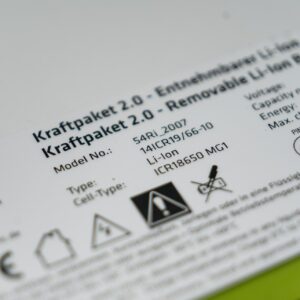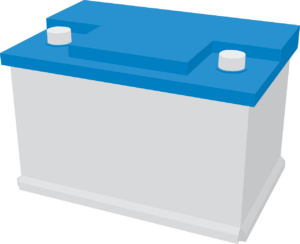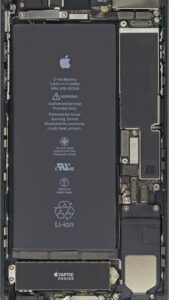The origin story goes back to 1912 when Gilbert Newton Lewis was working on calculating the ionic activities of strong electrolytes and investigating the electrode potentials of a number of elements, including lithium. From 1973 the work was resumed and the result was the first lithium-based batteries which provided only a single discharge cycle. Attempts to develop a lithium battery were made more difficult by the active nature of lithium, which reacted violently, giving off high temperatures and even flames if not discharged or charged correctly. Sony produced the first mobile phones with such batteries, but had to recall the products after several unpleasant incidents. Development continued and in 1992 the first ‘safe’ lithium ion batteries were developed.
Lithium ion batteries have a high energy density and thus provide 2-4 times the capacity of lead acid batteries in a compact size and light weight. Undoubtedly a great advantage of lithium ion batteries is their high recharging rate of 100% within 1-2 hours.
Li-ion batteries are widely used in modern electronic equipment, automotive industry, energy storage systems, solar power generation. They are in high demand in high-tech multimedia and communication devices: phones, tablets, laptops, radios, etc. It’s hard to imagine today’s world without lithium-ion power supplies.




Average Rating